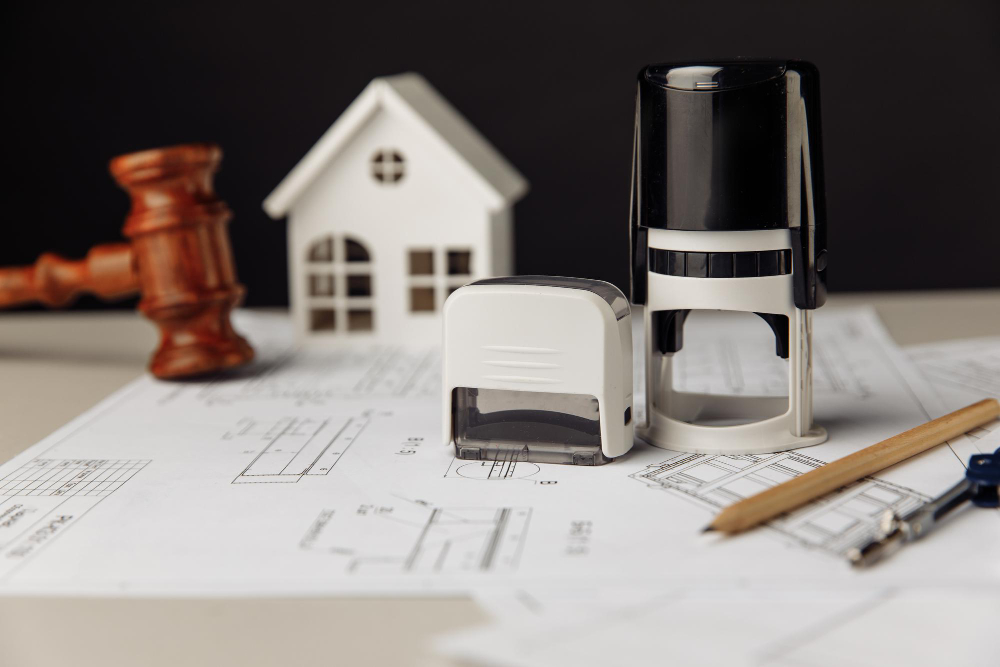What you need to know about demolition safety checklist? The EPA advocates for a method called Sustainable Materials Management (SMM), which classifies some construction and demolition safety checklist materials as commodities that may be utilized in new construction projects.
What Exactly Are C&D Components? – Demolition Safety Checklist
When new buildings and civil-engineering structures are constructed and older buildings and civil-engineering structures are refurbished or destroyed, C&D materials are produced (including deconstruction activities). In civil engineering, one may find public works like roads and highways, bridges, power plants, piers, and dams.
The Value Of Waste Disposal In Demolition Safety Checklist

Maintaining order and keeping everyone focused on their work may be aided by instituting waste management techniques on-site from the start of your project.
Prevent Unfortunate Events
Your crew must ensure the trash and debris are taken away safely to prevent any mishaps. In an emergency, such as a fire or an object being thrown into a piece of equipment, they must be aware of what objects pose a threat.
Keep The Office In Good Shape
Wheelbarrows for moving dirt and pallets for stacking heavy materials like bricks are just two examples of the tools and materials you will need to keep a construction site running smoothly and safely. Enough trash cans must be provided at all times so that workers can properly dispose of their rubbish.
Organization of Contents
Materials used in the building must be tracked constantly to prevent unnecessary waste. This is important for both time and money management. If your walls rely on Reo mesh for support, you probably would not want to waste it. This is common on building sites, but it may be controlled with some basic procedures.
Using different hues for trash heaps or maintaining a journal will help immensely. You should never dispose of materials until there is no hope of reusing or recycling them, even if they are no longer required.
Safe For The Environment
The environmental friendliness of your project may also be ensured by practising careful waste management. Polluting streams and adding to air pollution are only two ways improper waste disposal may affect the local environment and its surrounding regions.
Actions You Can Take: Cut down on demolition safety checklist waste by reusing, recycling, repurchasing, and redistributing the materials you already have.
Source reduction, material salvage, recycling and reuse, and purchasing old and recycled items are great ways to keep construction and demolition debris out of landfills. What is deconstruction and what can be salvaged from demolition safety checklist materials during deconstruction; how demolition safety checklist materials can be recycled and where to find a recycler; and how you can practise source reduction by using fewer materials and producing less waste from your project are all covered in detail below.
The positive effects on your wallet, home decor, and the planet that shopping second-hand and recycling may have.
Decrease In Material Consumption And Production Of Waste
Material, energy, and trash production throughout the life cycle are reduced when sources are cut down. The EPA ranks it as their top priority when it comes to solving solid waste problems. Reusing and recycling are crucial post-waste generation strategies for sustainable waste management, but source reduction eliminates the need for waste management.
Preserving existing buildings rather than constructing new ones is one example of a C&D source reduction measure. Other examples include optimizing the size of new buildings, designing new buildings to be adaptable to prolong their useful lives, constructing in a way that allows disassembly and reuse of materials, using alternative framing techniques, reducing interior finishes, and so on.
Purchasing agreements that prevent superfluous materials and packaging from arriving on the demolition safety checklist site are an important part of demolition safety checklist source reduction initiatives, along with modifying the design of structures, building systems, and materials.
Tips for Keeping Your Construction Site Clean
Careful consideration should be given to the disposal of trash and other unwanted materials on the building site. Some options for dealing with garbage are listed below.
- Before throwing them away, cover all hand tools in their respective containers.
- Used paint should be disposed of in the garbage, not down the drain or onto the sidewalk.
- Prevent trash from being blown onto your demolition safety checklist site on windy days or rainy days by disposing of disposable cups and other food containers and washing them off before dropping, them into a recycling bin.
- Remove non-metal components, such as nails, screws, nuts, bolts, electrical wire, and so on, from equipment and other metal items before recycling them using a magnet or air compressor. The materials are sorted into their respective categories before being recycled efficiently.
- Since insulation may become trapped in sewage reasonable software like Ezelogs and create blockages, it should be thrown away in the garbage rather than poured down drains or onto sidewalks.
- When you are through working on a site, use a tarp to throw dirt, boulders, bricks, or other heavy things onto the bed of a truck, and then drive away. A lot less work will need to be done to clean up afterwards.
- Instead of tossing away scrap wood, wrap it in plastic to keep it from rotting or being invaded by termites.
- Provide employees with safety vests to be easily identified and shielded from sharp objects and electrical cables.
Conclusion
Inevitably, construction sites will generate a great deal of trash, so it is important to have a system to deal with it. By adhering to the guidelines outlined in this piece, you can protect the safety of your site’s employees and the public.
Garbage cans with lids or other trash containment keep waste off the ground and simplify subsequent cleaning. Make sure that everyone who comes to your building site knows the potential hazards they face.


